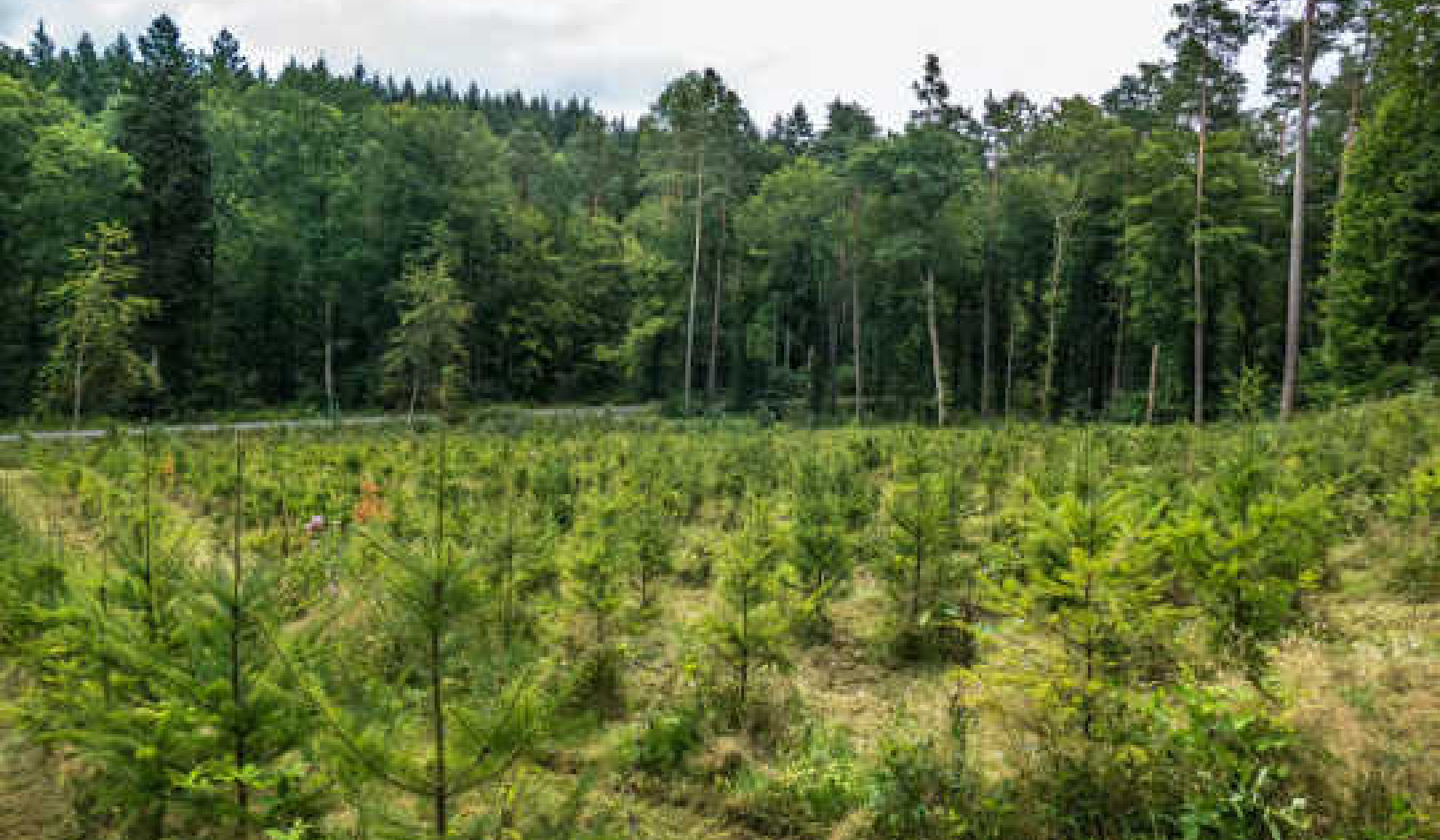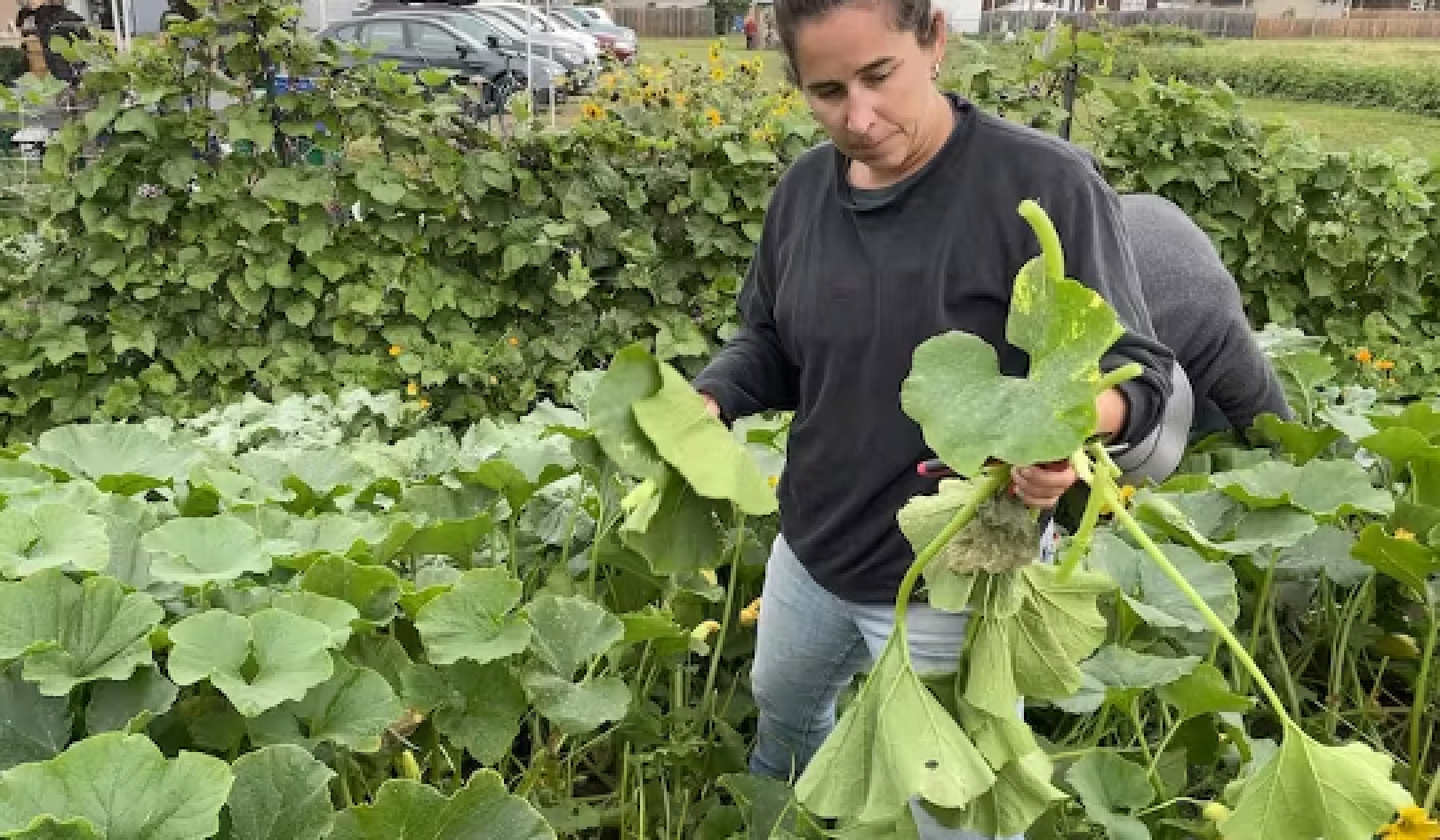Southern Africa is noted for its wealth of biological diversity and for its high proportion of endemic species. These are species that are unique to a specific location and are found nowhere else in the world. Many of the region’s endemic species can be found in South Africa’s fynbos and succulent Karoo biomes.
While it is important to understand how biodiversity arises in particular regions, it is even more important to understand how it is maintained. This is particularly pressing given the global commitment to conserving biodiversity and the changes in the global environment. Climatic changes, in particular, lead to changes both in the areas occupied by individual species and in the areas able to support particular biomes.
Given the pace and magnitude of the climatic changes now taking place, it is vital to understand how these will affect our ability to conserve biodiversity.
Our study investigated this by examining how present biodiversity patterns in southern Africa are related to past climatic changes. In particular we studied the extent to which these led to changes in the extent and location of the biomes.
Our results showed that the current diversity of biome-associated endemic species is greatest in areas where the same biome has been able to persist. This result for birds, a relatively mobile group, is almost certainly the same for other less mobile groups.
Our study, published in the Journal of Biogeography, set out to address the question of how diversity is maintained. Answering this question is essential if we are to understand how climatic change will affect biodiversity and to develop strategies to meet global biodiversity conservation targets.
Studying diversity
We tested two hypotheses: that present patterns of diversity and occurrence of endemic species, are related to
-
stability of the climate; and/or
-
persistence of a biome over glacial-interglacial time scales.
We tested our hypotheses using as a model group of organisms the 697 native bird species that breed in southern Africa. These included 163 regional endemics, such as the orange-breasted sunbird, endemic to the fynbos, and the Karoo korhaan, endemic to the Karoo. We used bird species because their present distribution in the region is more completely mapped than other major groups.
We looked at the past 140,000 years. This extends from the penultimate glacial period through the last interglacial period (starting about 127,200 years ago), through the last glacial period (starting about 109,500 years ago) and the current interglacial or Holocene period (starting about 11,700 years ago).
During glacial periods, large areas of the northern hemisphere continents were covered by ice sheets and the global climate was markedly colder and drier. Climate during the periods between glacials – interglacials – more closely resembled that of the past two centuries.
The glacial-interglacial time scale is significant because the changes in global climate during this period are the largest-magnitude climatic changes of the recent geological past. They are also comparable with those projected for the near future if greenhouse gases continue to be put into the atmosphere at the present rate.
We used the results from a series of 78 climate model experiments for time slices throughout this period as the basis for our study.
Climate variation
Using the results of the climate model experiments and a global dataset of recent (1961-90) climatic conditions for the cells of a 0.5° longitude x latitude grid, we calculated the climate of each 0.5° grid cell in southern Africa for each of the 78 time slices. We then computed several measures of relative climatic stability over the past 140,000 years for each grid cell.
We predicted the present diversity of native breeding bird species for each grid cell using models relating each species’ mapped present distribution to recent climate.
We then calculated, for each grid cell, the correlation between the present diversity of birds and the various measures of climatic stability.
Our results showed that overall diversity did not correlate with climatic stability. But they showed that the number of endemic species present in a grid cell today was significantly positively correlated with climatic stability. In other words, the more stable the climate has been, the greater the number of endemic species present today.
Biome persistence
To test our second hypothesis we first fitted models describing the relationship between the present extent of each of the nine regional biomes and the present climate. Using these and the 78 climates computed for each grid cell, we then predicted the occurrence and extent of each biome in each grid cell for each time slice.
The degree of persistence of each biome in each grid cell was assessed in three ways. We then calculated correlations between the three measures of biome persistence for each grid cell and the present number of biome-associated endemic bird species found in each grid cell.
We found strong positive correlations between biome persistence and the number of biome-associated endemics found today in grid cells. That is, the greatest numbers of biome-associated endemics are found today where the relevant biome has been able to persist through most or all of the past 140,000 years.
The threat of extinction
Overall we found that the diversity of endemic bird species in the region is highest where climate has varied least over the past 140,000 years, and especially where the degree of variation of climate has been sufficiently small to enable the same biome to persist.
This result has important implications for the conservation of regional avian diversity as well as global biodiversity. This is because it shows that climatic changes lead to changes in biomes that, in turn, affect the survival of species using those biomes.
It is projected that the climatic changes being caused by current levels of greenhouse gas emissions will be sufficiently large by 2100 to lead to an eventual change of biome across more than half the earth’s land surface. In the case of species that are endemic to an area and use a particular biome, like the birds we studied, this may result in their extinction.
Avoiding such a catastrophe requires countries to implement measures, as agreed in Paris, to limit future climatic change. It also needs conservation strategies that, for example, include management of the wider landscape to facilitate species’ range shifts and the maintenance of species’ habitats. This will facilitate their adaptation to levels of climatic change already under way.
About The Author
Brian Huntley, Professor of Biological and Biomedical Sciences, Durham University
This article was originally published on The Conversation. Read the original article.
Related Books
at InnerSelf Market and Amazon























